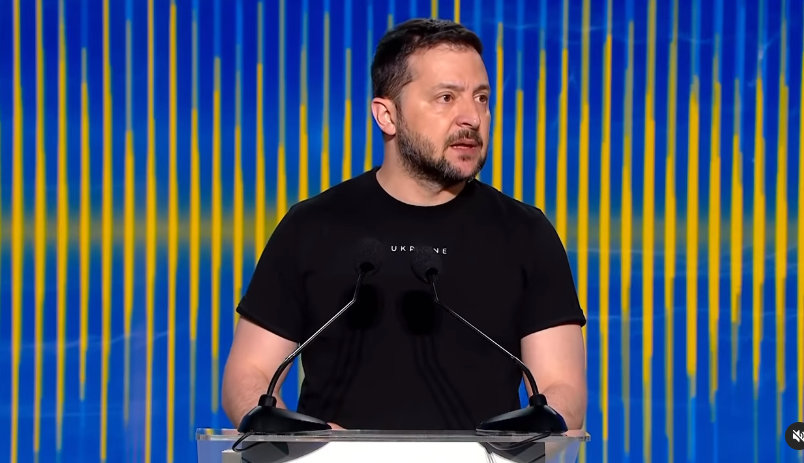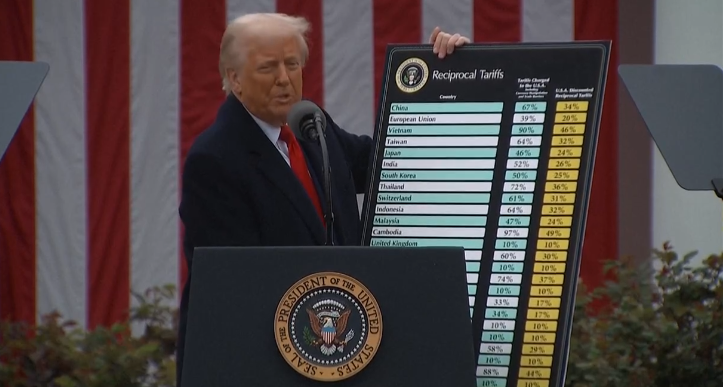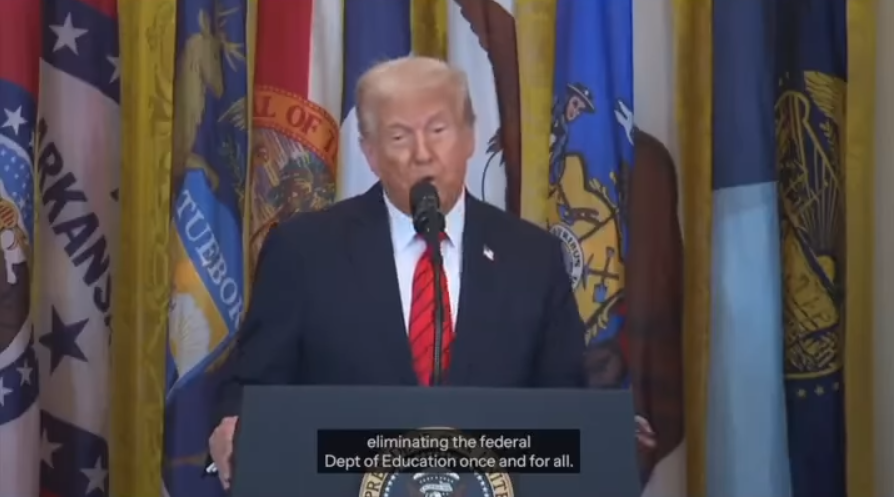SINGAPORE (Reuters) – Oil prices firmed on Wednesday after climbing about 3 percent in the previous session as expectations that OPEC-led supply cuts will tighten markets despite signs of a global economic slowdown.
FILE PHOTO: A pumpjack is seen at sunset outside Scheibenhard, near Strasbourg, France, October 6, 2017. REUTERS/Christian Hartmann
Brent crude oil futures LCOc1 were at $60.83 per barrel at 0748 GMT, 19 cents, or 0.3 percent above their last close.
West Texas Intermediate (WTI) crude futures CLc1 were up 10 cents, or 0.2 percent, at $52.21 a barrel.
“It seems the oil market is looking at Saudi Arabia’s aggressive supply cuts and Chinese aggressive stimulus,” said Jonathan Barratt, chief investment officer at Probis Securities in Sydney.
China’s central bank on Wednesday made its biggest daily net cash injection via reverse repo operations on record, more evidence that authorities are shifting to policy easing to counter a slowdown in Asia’s biggest economy.
Earlier this week, China reported poor December trade data, with both exports and imports contracting from a year earlier.
“Situation of a developing shortage might arise if the Sino-U.S. trade war goes away, the Chinese economy kicks into gear, Brexit is solved and the United States make good threats on Iran,” Barratt said.
Oil prices on Wednesday, however, were prevented from rising further as signs of economic slowdown mounted elsewhere across the globe.
In Japan, core machinery orders slowed sharply in November in a sign corporate capital expenditure could lose momentum as the U.S.-China trade war spills into the global economy.
Meanwhile, the U.S. economy is taking a larger-than-expected hit from a partial government shutdown, White House estimates showed on Tuesday.
The outlook for the global economy darkened further Britain’s parliament on Tuesday shot down Prime Minister Theresa May’s deal to leave the European Union.
OPEC CUTS SUPPORT CRUDE
Fundamentally, oil markets are receiving support from supply cuts by producer group the Organization of the Petroleum Exporting Countries (OPEC) and major non-OPEC producer Russia.
OPEC and its allies will meet on April 17-18 in Vienna to review their oil supply cut deal, and the panel is to be chaired by Saudi Arabia and Russia.
“OPEC production cuts will limit inventory builds to those justified by higher demand, which should settle the market in a sustainable range above $70 per barrel,” according to Standard Chartered bank.
Surging U.S. crude oil production C-OUT-T-EIA, which hit a record 11.7 million barrels per day (bpd) late last year, threatens to undermine the OPEC-led efforts.
With abundant supply and demand uncertainty, the outlook for oil markets is unclear.
Oil prices are expected to oscillate close to current levels, according to a large annual survey conducted by Reuters between Jan. 8 and 11, with Brent prices in 2019 expected to average $65 per barrel, unchanged from surveys in 2016, 2017 and 2018.
“The oil market remains amply supplied and prices are set to trade range-bound,” said Norbert Ruecker, head of commodity research at Swiss bank Julius Baer.
Reporting by Koustav Samanta and Henning Gloystein in SINGAPORE and Colin Packham in SYDNEY; Editing by Richard Pullin and Christian Schmollinger






Leave a Reply